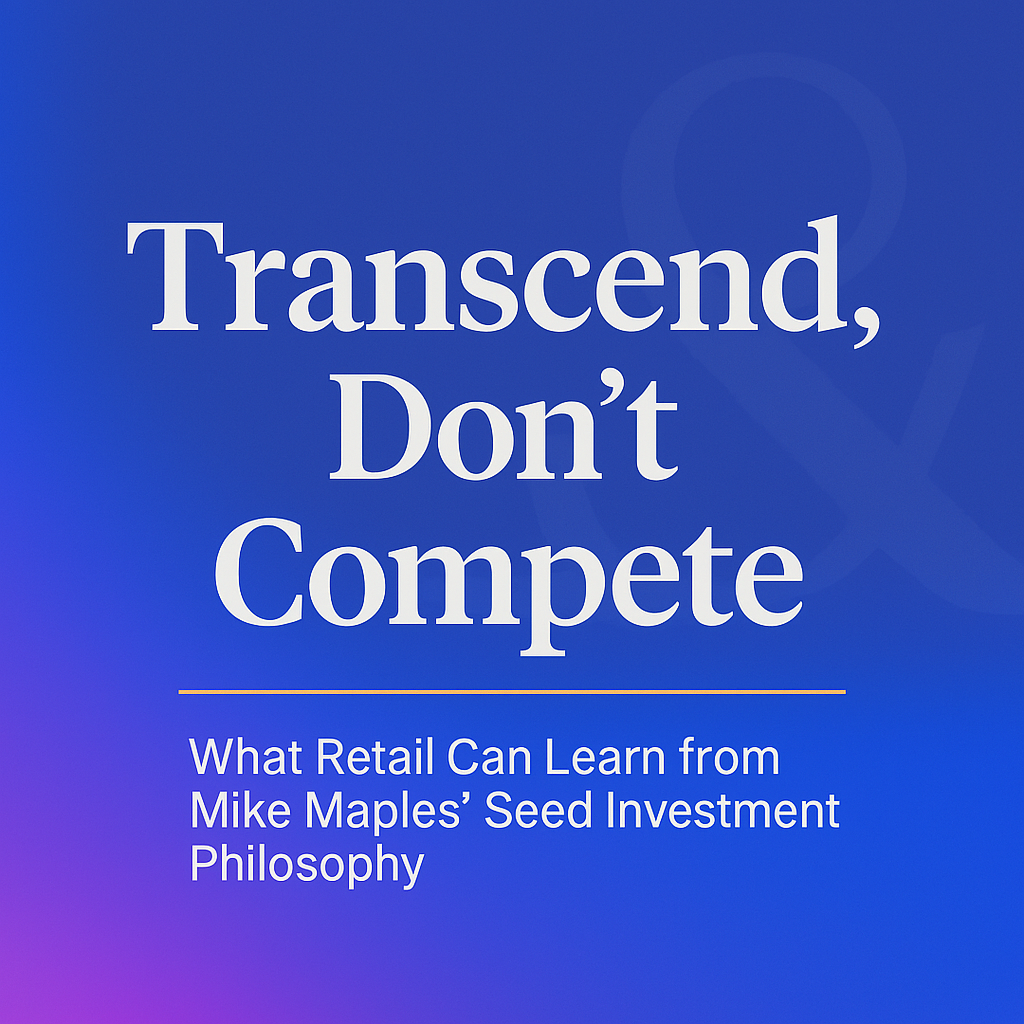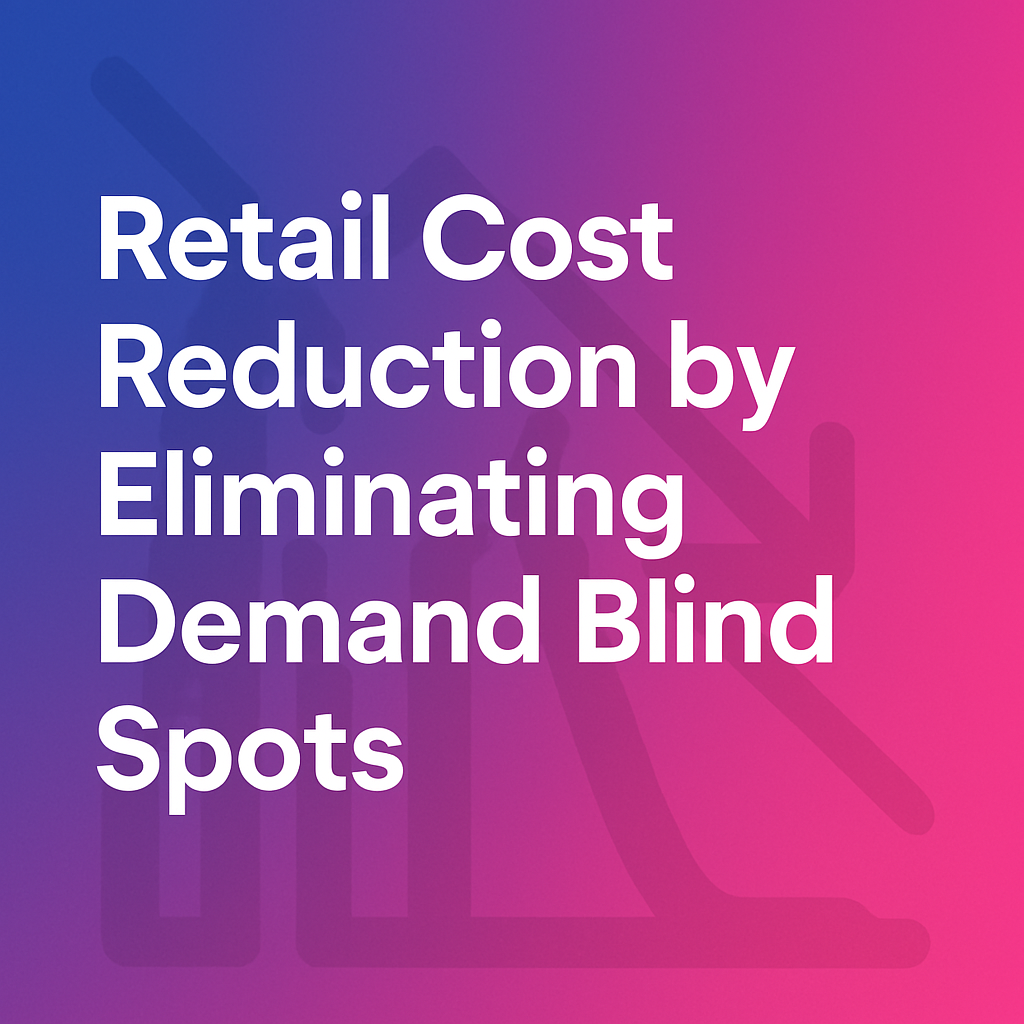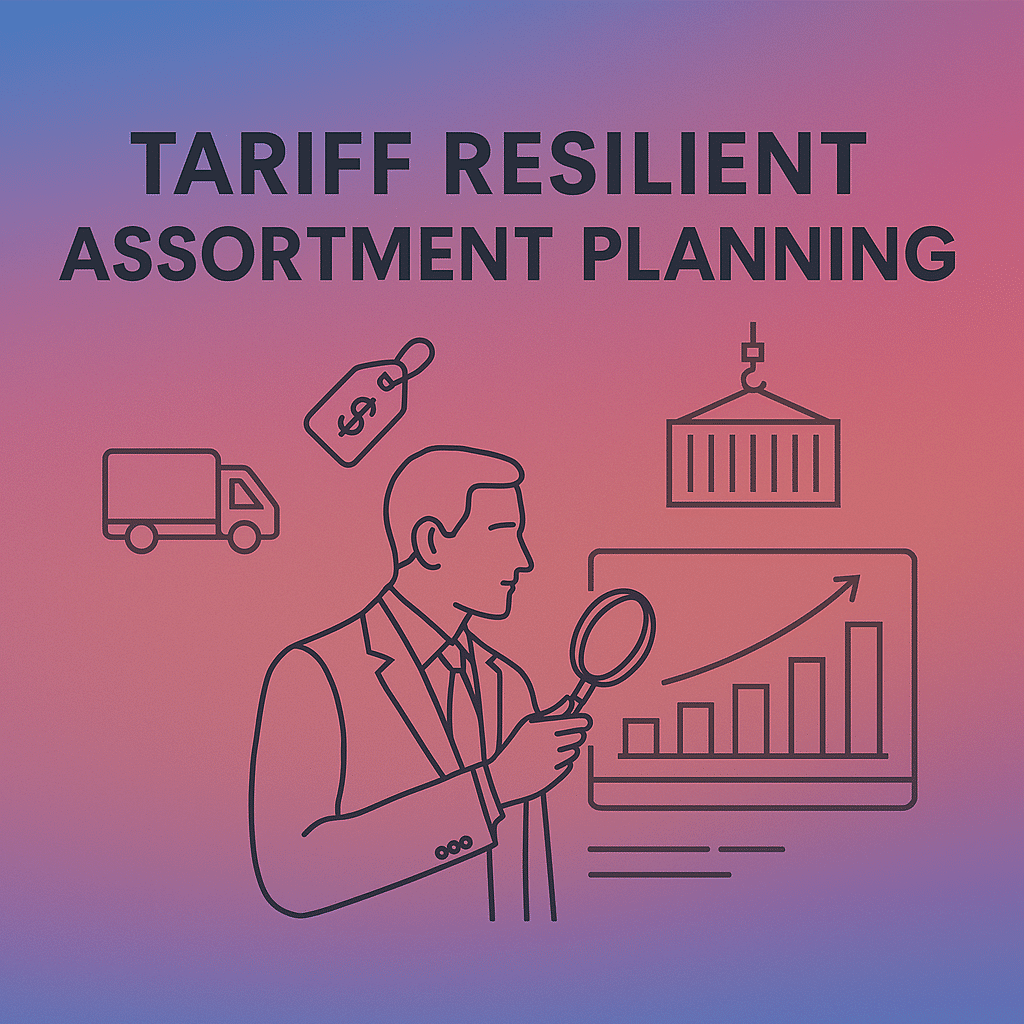Are You Competing, or Are You Different?

Why Retail Differentiation Strategy is the New Competitive Advantage
In today’s crowded marketplaces, the most important question for any brand or retailer is this:
Are you competing, or are you different?
Most companies are competing. They’re optimizing what already exists—slightly better pricing, faster delivery, more marketing campaigns. This mindset leads to incremental improvement, but rarely to transformational change.
To truly stand out, businesses must adopt a retail differentiation strategy—a deliberate approach to becoming meaningfully different in the eyes of the customer.
As Harvard Business School’s Michael Porter put it:
“The essence of strategy is choosing to perform activities differently than rivals do.”
Why Competing is No Longer Enough in Retail
In the era of digital transparency and rapid commoditization, competing on price, features, or speed no longer guarantees success. Everyone has access to the same tools, data, and channels.
This is especially true for fashion, lifestyle, and discretionary product categories, where trends evolve quickly, and yesterday’s innovation is tomorrow’s baseline.
Competing means you’re reactive.
Retail differentiation means you’re proactive.
The Formula for Exponential Retail Growth
Exponential brands don’t play by the same rules. They don’t just improve—they redefine.
Here’s a powerful framework for any retail brand looking to create a breakthrough:
Exponential Growth = Insight × Inflexion Point × Timing
- Insight: Understanding hidden or emerging consumer behaviors.
- Inflexion Point: Identifying when the market or culture is ready for change.
- Timing: Acting when the signal is just becoming visible, not when it’s saturated.
These three factors form the core of an effective retail innovation strategy.
Peter Thiel emphasized this in Zero to One:
“Brilliant thinking is rare, but courage is in even shorter supply than genius.”
Retailers who wait for proof are often too late.
Retailers who act on early insights often lead the market.
Pattern Breakers vs. Pattern Followers
There are two types of retail strategies today:
- Pattern Followers: Benchmark, iterate, and optimize.
- Pattern Breakers: Spot emerging opportunities and reframe the game.
Pattern breakers are those who adopt a consumer-led, insight-driven strategy. They use real-time market signals and AI-powered tools to uncover untapped demand.
They don’t just respond to trends—they predict and shape them.
Stylumia: Enabling Retailers to Be Different
At Stylumia, we don’t help brands compete.
We help them become different.
Our AI-driven consumer intelligence platform enables fashion, lifestyle, and home improvement brands to break patterns and adopt an effective retail differentiation strategy.
Here’s how:
1. Unlocking Insight
Stylumia taps into real-time, global demand signals across the internet—from search to social to e-commerce behavior. This reveals not just what’s trending but why.
2. Spotting Inflexion Points
We detect shifts in consumer mindset, aesthetic preferences, and emerging product archetypes. These are the white spaces where brands can lead instead of follow.
3. Mastering Timing
Stylumia enables decision-making at the optimal window—not too early when the market isn’t ready, not too late when everyone’s there.
This allows brands and retailers to make bold, data-backed decisions with confidence—reducing waste, improving sell-through, and increasing relevance.
From Competing to Creating
Retail is no longer about playing the same game better—it’s about playing a different game altogether.
If you’re a brand or retailer seeking to go from being incrementally better to exponentially different, Stylumia is your partner.
We bring together insight, inflexion, and timing to deliver a retail differentiation strategy that drives sustainable, profitable growth.
Reach out here for a free consultation to explore how we can help you break patterns and build what’s next.




